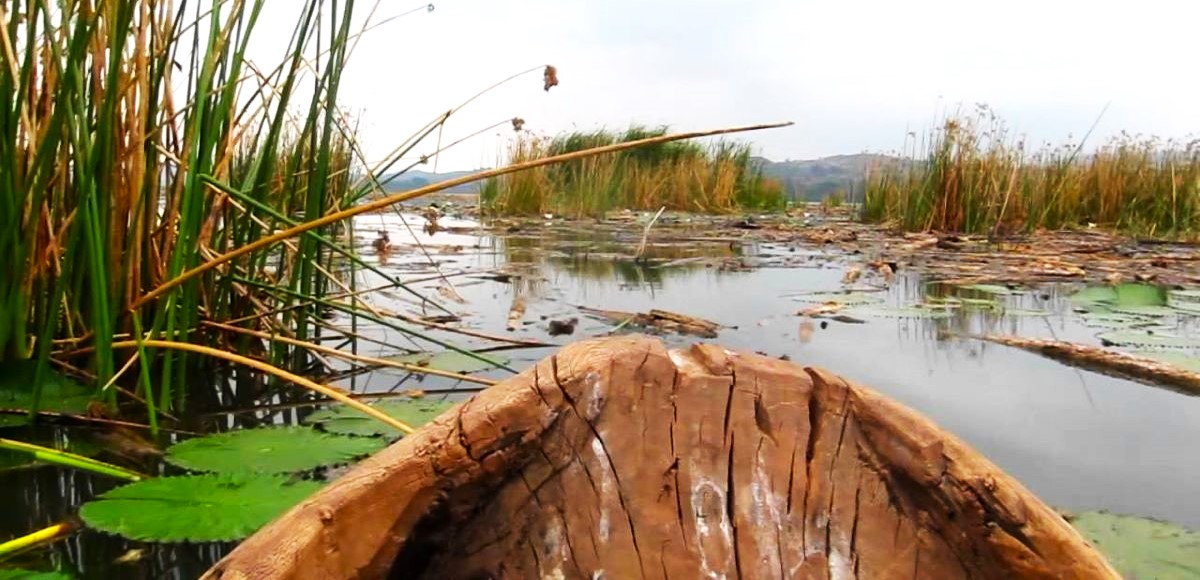A Lake full of hippos in the ‘City Center?’
Babati Municipality is yet to become a city, but the concept of a Lake packed with wildlife and other tourist features can easily ape the Nairobi National Park’s city attraction idea.
There are plans to transform Lake Babati to become another tourist attraction in Manyara Region once efforts to clear the reeds, weeds and water lilies infringing the water body get accomplished.
The Assistant Manyara Regional Administrative Secretary Faraja Gideon Ngerageza, pointed out that Babati is the only Lake in East Africa that is located within a town, and which has a considerable number of hippos to complement its tourism value.
For years Lake Babati has been a base for water activities such as boat rides, fishing and hiking along the perimeters of its shores.
“A lake within a town is just as interesting as Kenya’s Nairobi National Park within a City,” added Ngerageza while informing environment journalists on a working visit of Manyara under the auspices of the ‘Protect Natural Resources’ activity supported by the United States Agency for International Development (USAID).
According to the RAS, already investors have expressed interest to invest in tourist facilities on the shores of Lake Babati, only that some environmental interventions need to be applied onto the water body to rescue it from disappearing.
Lake Babati is also Tanzania’s only declared Hippopotamus Reserve. The Water horses are usually found during the day on the lake shore amongst the reeds and grasses. Their deep roars can send shivers onto anybody’s spine at night.

Siltation caused by irresponsible farming activities upstream the rivers that flow into the lake has caused the water levels to diminish.
Also, the mounds of soil washing into Lake Babati are also the source of weeds and other invasive plants currently covering a large percentage of its water surface.
But that is not all, members of the Journalists Environment Association of Tanzania discovered that human activities, including agriculture and settlements have blocked the passageway through which Hippos migrate between Lake Babati and Lake Hanang’ (Basotu) in the neighboring Hanang District.
Ecological experts point out that the hippo route between Babati and Katesh should also be considered as an important wildlife corridor. It is not far from Mount Hanang either.
During the 1997-1998 El-Nino heavy rains spell, the Babati flooded sending gushing waters into the adjacent Babati town adjacent to it, during the time when Manyara was part of Arusha Region.
But apart from the Lake concerns, the Manyara officials, even the Babati Municipality, which the Region’s headquarters can easily serve as a tourist destination in its own right.
The urban center is surrounded by breathtaking landscapes including hills, valleys, rivers and lakes complemented by cultural richness from the Iraqw, Barbaig and Flyomi communities.
On her part the Babati District Executive Director Anna Philipo Mbogo explained that they already have two other lakes that are popular travel destinations.
Lake Manyara, partly managed by the Tanzania National Parks and Lake Burunge within the Burunge Wildlife Management Area are the two water bodies minting money in the locality.
Local residents are also involved.
There are ten villages in the locality that have pooled in resources to establish the Burunge Wildlife Management Area (BWMA) mapped within 283 square kilometers of Rural Babati.

